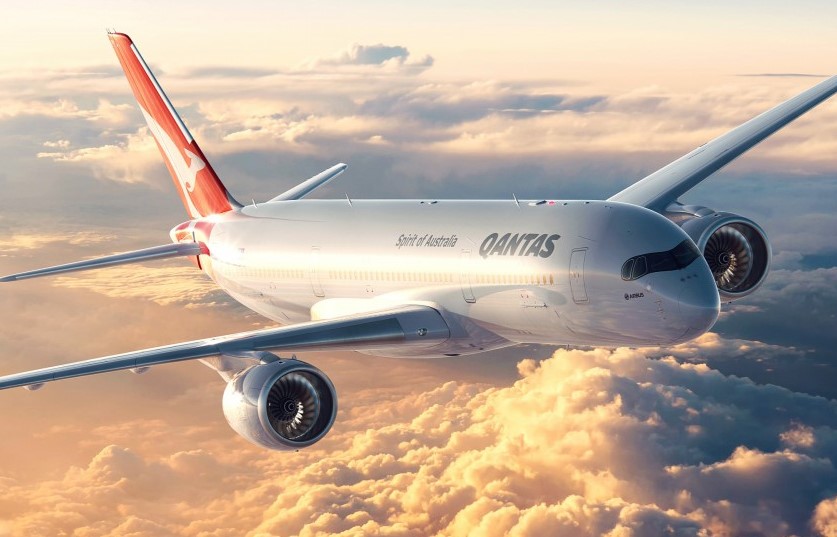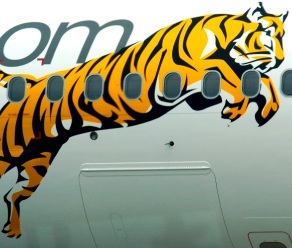New Qantas fatigue system sets stage for Sunrise
27 February, 2020
5 min read
By joining our newsletter, you agree to our Privacy Policy


Australia’s aviation regulator has approved a new system for managing pilot fatigue at Qantas that allows the airline to develop duty limits for its ultra-long-haul Project Sunrise flights.
While the new system allows the airline to develop duty limits of more than 20 hours, the airline will still need to go back to the Civil Aviation Safety Authority for approval of each route and provide a safety case for how it will manage pilot fatigue on that route.
But it is an important step forward in the process and means Qantas pilots are now subject to a new Fatigue Risk Management System based on modern fatigue science and the airline’s operational experience.
READ: Air travel still seen as safe as coronavirus fears spread.
The airline says the data-driven, performance-based system is a big improvement on previous prescriptive rules that had been in place for years.
Fitting within the airline’s overall Safety Management System, its purpose is to ensure safe levels of pilot fatigue and ensure flight crew are alert, particularly in critical phases of flight such as landings and take-offs.
It argues these rules had not kept up with changes in long-haul flying as planes gained greater range and with aircraft cabin technology, nor did they respond to new and emerging fatigue risks.
Even as far back as the mid-1980s, Qantas had to go CASA to get an exemption from the rules to fly longer sectors.
It is now the first Australian commercial airline to have an FRMS approved under new fatigue rules introduced in September 2019 and only the second organization after the Royal Flying Doctor Service.
“The Qantas approval follows a 12-month trial, which was carefully monitored by CASA,’’ CASA spokesman Peter Gibson said.
“CASA has assessed the Qantas fatigue risk management system as robust and capable of managing fatigue across the airline’s current operational approvals. “
Gibson confirmed the approvals did not cover the proposed ultra-long-haul Sunrise flights.
“These will require changes to the new fatigue risk management system and require CASA approval prior to commencement,” he said.
The year-long trial covered both domestic and international flights and CASA will continue to oversee and regulate the FRMS.
Qantas argues the FRMS brings it into line with the latest global practices and gives it the flexibility to ensure risks are identified and managed as they arise.
It has had a system running in parallel to the prescriptive rule set for more than five years and has been collecting data and modeling fatigue risks during that time
But it notes managing fatigue is a shared responsibility with pilots responsible for managing their fatigue, admitting when they’re too tired and turning up for work well-rested.
Nor is the issue exclusive to long-haul flying: the FRMS also monitors and manages fatigue risks in short-haul flying.
“Globally, regulators and airlines are moving away from prescriptive, one size fits all fatigue rules to performance-based systems that are based on science and data to effectively manage pilot fatigue,’’ said Qantas chief pilot Captain Richard Tobiano.
“We use data, fatigue science and medical advice to create rosters that give pilots enough rest between their days of flying or ensuring that they get appropriate rest while they are flying long flights.
“Like any system, we’ll continue to make improvements as we gather more and more data, which could mean changes to rosters or flying patterns to further reduce fatigue.
“Given the routes we fly, we already have a mature fatigue management system in place, and this formalizes a lot of what we have already been doing alongside the existing regulations.”
In addition to an established pilot reporting system, Qantas also has a Fatigue Safety Action Group that includes line pilots, including a union representative, as well as medical experts and flight duty teams.
The action group meets monthly to advise on fatigue and review fatigue reports and data across all Qantas operations.
The data can range from active fatigue reporting on a particular risk to detailed studies by the company, surveys and the use of wearable monitoring devices that measure when people are awake and asleep.
Reports are sought from pilots on issues such as rostering and alertness at the top of descent.
The studies have gone as deep as tracking melatonin levels in urine to determine pilots’ circadian rhythms as they move across time zones.
It has also been using “bio-mathematical” modeling of rosters for several years to predict likely fatigue risk.
This is an algorithm that can analyze either an individual roster or batch process a group of rosters to identify problems. It looks at rostering issues such as time of day, how long a pilot has been awake and how much sleep he or she has had in the past 24 to 48 hours.
A new study in March will ask 30 Airbus A330 pilots to wear monitoring watches for up to 56 days so that data can be fed back into the bio-mathematical model to test whether the algorithm reflects what’s going on with flight crew out on the line.
To help with some of the more complex studies, the airline has teamed Monash University researchers and the Cooperative Research Centre for Alertness, Safety and Productivity.
This has helped the airline understand fatigue on longer routes such as Perth-London and Brisbane-Chicago.
Next Article
3 min read
Virgin gets nod for Tiger deal

Get the latest news and updates straight to your inbox
No spam, no hassle, no fuss, just airline news direct to you.
By joining our newsletter, you agree to our Privacy Policy
Find us on social media
Comments
No comments yet, be the first to write one.
